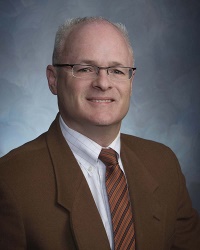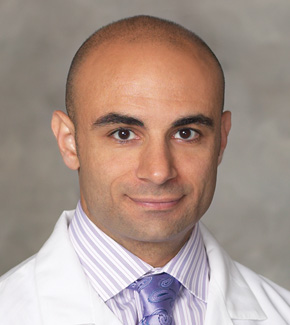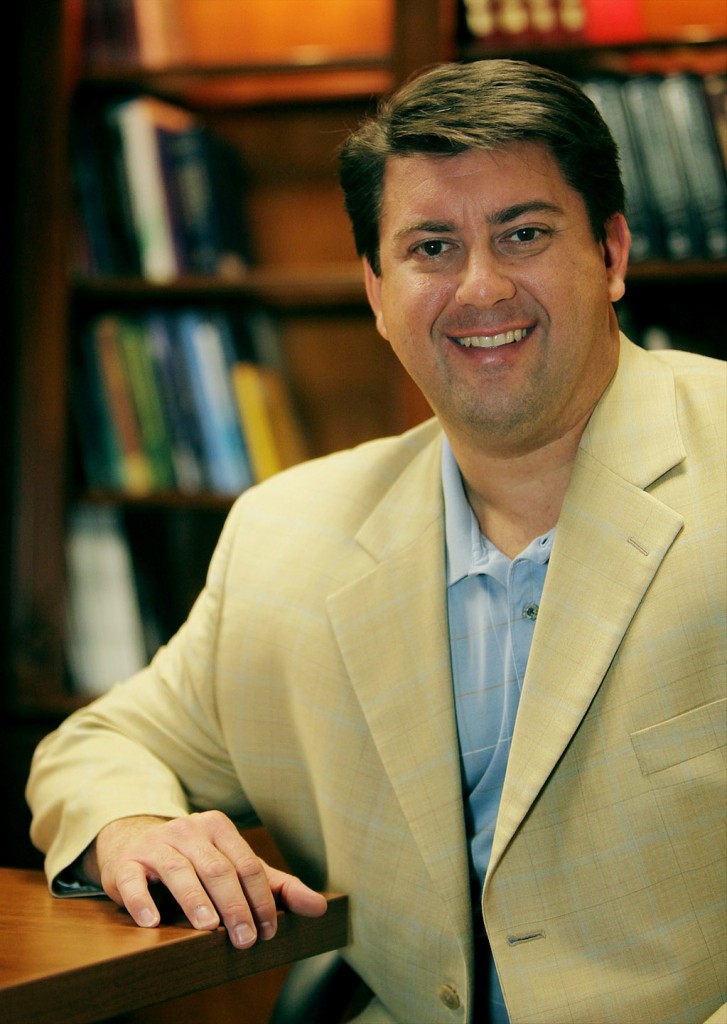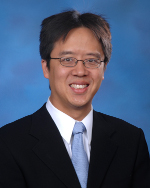Four spine surgeons discuss which clinical innovations in spine surgery today excite and intrigue them the most.
Ask Spine Surgeons is a weekly series of questions posed to spine surgeons around the country about clinical, business and policy issues affecting spine care. We invite all spine surgeon and specialist responses. Next week's question: What is your favorite vacation spot to relax?
Please send responses to Anuja Vaidya at avaidya@beckershealthcare.com by Wednesday, April 15, at 5 p.m. CST.

Question: Which clinical innovations in spine excite you the most?
Christian G. Zimmerman, MD, MBA, Saint Alphonsus Medical Group, SAHS Neuroscience Institute: The most interesting innovation capturing my attention is trabecular metal and its use in the spine. For nearly a decade, this inert metal has enjoyed great success in the hip and knee areas with fusion rates being notably higher. With the ease of use, coefficiency of friction and radiographic modalities available for evaluation, this product has now become one of my mainstays for cervical and lumbar fusion.

Neel Anand, MD, Clinical Professor of Surgery, Director, Spine Trauma, Cedars-Sinai Spine Center, Los Angeles: Minimally invasive spine surgery techniques. Unfortunately, innovation has decreased in the spine industry in recent times due to declining reimbursements, FDA regulations and insurance regulations.
Hooman Melamed, MD, DISC Sports & Spine Center (Marina Del Rey, Calif.): One of the best clinical  innovations with significant potential is the use of stem cells. We are already starting to use stem cells for regenerative medicine in treating disc injury, disc degeneration and cartilage injury. I think the use of stem cells has a significant role, especially in young people, to prevent operations on patients who have discogenic back pain and possible persistent annular tear with persistent discogenic back pain.
innovations with significant potential is the use of stem cells. We are already starting to use stem cells for regenerative medicine in treating disc injury, disc degeneration and cartilage injury. I think the use of stem cells has a significant role, especially in young people, to prevent operations on patients who have discogenic back pain and possible persistent annular tear with persistent discogenic back pain.
I feel that stem cells can also be utilized as a biologic to improve fusion rate and healing instead of using other products, such as bone morphogenetic protein. This would obviously keep the cost down much more than using BMP. Hopefully, the use of stem cells can prevent multilevel fusion and instead save many levels. Also, it appears that in correction of spinal deformity, whether kyphosis or scoliosis, one can just do an all-out posterior approach without using any interbodies and achieve the same correction as doing a multi-level stage anterior/posterior or XLIF anterior and posterior operations done in two settings. It appears that doing a one-stage, one operation without any interbodies will result in much less blood loss, a faster operative time and much better patient recovery.
 Richard A. Kube II, MD, CEO, founder, Prairie Spine & Pain Institute, Peoria, Ill.: Minimally invasive techniques probably excite me the most. Certainly, biologics and stem cells have promise but their applicability is still largely in the future. MIS is here now and making meaningful impact on what we do every day. Patients are recovering much more quickly, and the outcomes are improved. Patient demand is there, and we have the ability to deliver what our customers (patients) desire.
Richard A. Kube II, MD, CEO, founder, Prairie Spine & Pain Institute, Peoria, Ill.: Minimally invasive techniques probably excite me the most. Certainly, biologics and stem cells have promise but their applicability is still largely in the future. MIS is here now and making meaningful impact on what we do every day. Patients are recovering much more quickly, and the outcomes are improved. Patient demand is there, and we have the ability to deliver what our customers (patients) desire.

Bryan Oh, MD, Neurosurgeon, BASIC Spine, Newport Beach, Calif.: The area of neuroregeneration or neurorestoration excites me most. While the stem cell industry is in its infancy stage, I do expect significant breakthroughs during my career. For all the advances in spine surgery, spine surgery is currently about decompressing neural elements, fusing spinal segments and less commonly replacing diseased discs via disc arthroplasty. There are currently no procedures or treatments available that have been shown to restore lost function or regenerate functional neural tissue. The basic science is progressing, however.
Some rat models have shown significant promise in the functional restoration realm. There are also some exciting models being developed around cognitive control of artificial limbs. As these models become refined and further developed, I believe that the patient population that spine surgeons can effectively treat will broaden. More importantly, it will provide hope for a largely forgotten part of our population.
 Gowriharan "Ty" Thaiyananthan, founder of BASIC, Newport Beach, Calif.: The clinical innovations that excite me the most are in technologies that are moving surgical procedures from the hospital to the outpatient environment. Problems that typically would have required fusions or large surgeries can now often be performed with minimally invasive procedures that require shorter surgical times and are more effective than "traditional" spine procedures. These include surgeries such as SI fusion for sacroiliac pain, treatments for cervical stenosis and radiculopathy and lumbar stenosis and radiculopathy. The advancement in anesthesia, spinal hardware such as all-in-one devices for the spine and interspinous spacers, and neuromodulation, and the introduction of spinal decompression therapies have allowed us to treat most spine diseases on an outpatient basis.
Gowriharan "Ty" Thaiyananthan, founder of BASIC, Newport Beach, Calif.: The clinical innovations that excite me the most are in technologies that are moving surgical procedures from the hospital to the outpatient environment. Problems that typically would have required fusions or large surgeries can now often be performed with minimally invasive procedures that require shorter surgical times and are more effective than "traditional" spine procedures. These include surgeries such as SI fusion for sacroiliac pain, treatments for cervical stenosis and radiculopathy and lumbar stenosis and radiculopathy. The advancement in anesthesia, spinal hardware such as all-in-one devices for the spine and interspinous spacers, and neuromodulation, and the introduction of spinal decompression therapies have allowed us to treat most spine diseases on an outpatient basis.

